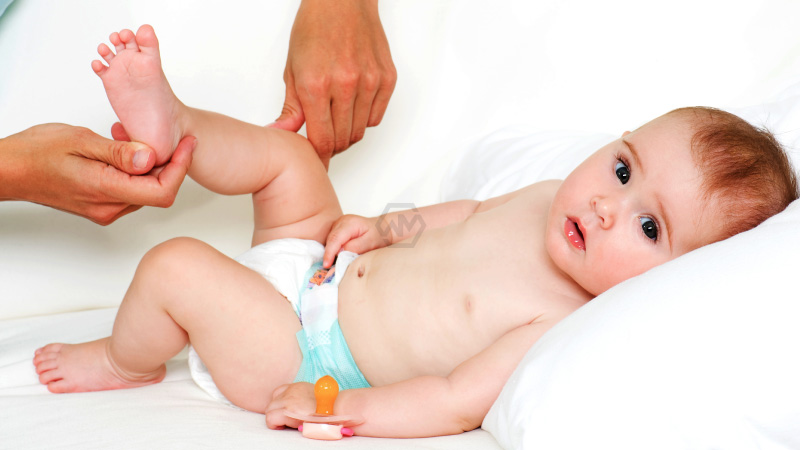Nappy rash, or nappy rash, is an itchy skin ailment when urine and stool irritate the sensitive skin in the area around the bottom and groin. Anyone who has incontinence regularly is susceptible to this type of dermatitis, which is connected to nappy use and incontinence.
Inadequately fitting diapers rubbing against the skin, prolonged contact of poo or pee with sensitive skin, using harsh baby wipes or bath products that irritate the skin, and introducing new foods that aggravate sensitive skin or make a baby’s poop more runny are all potential causes of diaper rash.
Nappy Rash
Given that some babies naturally have more sensitive skin than others, parents of newborns who get diaper rash may just need to be more careful with those who have particularly delicate skin. In addition to antibiotics, some drugs, such as laxatives used to treat constipation, can increase a baby’s risk of developing a nappy rash.
A bacterial infection, which can result in fevers, chills, and a kid acting generally unwell, is one of the nappy rash’s potential side effects. Candida albicans, sometimes known as “thrush,” is a fungus that thrives in warm, moist parts of the body and can spread swiftly through painful, damaged skin.
- Nappy rash is an itchy skin ailment caused by incontinence and nappy use.
- Diaper rash may cause bacterial infection, Candida albicans spreads quickly.
- Prevent and manage diaper rash at home using lotions, ointments, and hygiene.
Parents should plan routine ‘bare bum time’, clean and dry the skin, use soft products, and take regular baths to prevent nappy rash. Nappy rash can be avoided by gently drying the baby’s bottom with a soft cotton cloth and providing time for the naked bum to dry.
Without specialized care, nappy rash can be prevented and managed at home. Using lotions and ointments, being extra careful with hygiene, taking daily baths, and changing diapers are some methods for treating diaper rash.
Emollients and barrier creams are two preventative methods that can help prevent diaper rash. It’s crucial to visit a doctor if the rash is hot, red, spreading, or otherwise troubling.
A chemist, health visitor, or doctor can offer recommendations for medications and counseling if the rash is difficult to control or worsens despite home remedies. It’s critical to consult a GP as soon as possible if there are any indications of infection, such as hot, red skin, open wounds, pus, or a high temperature.



